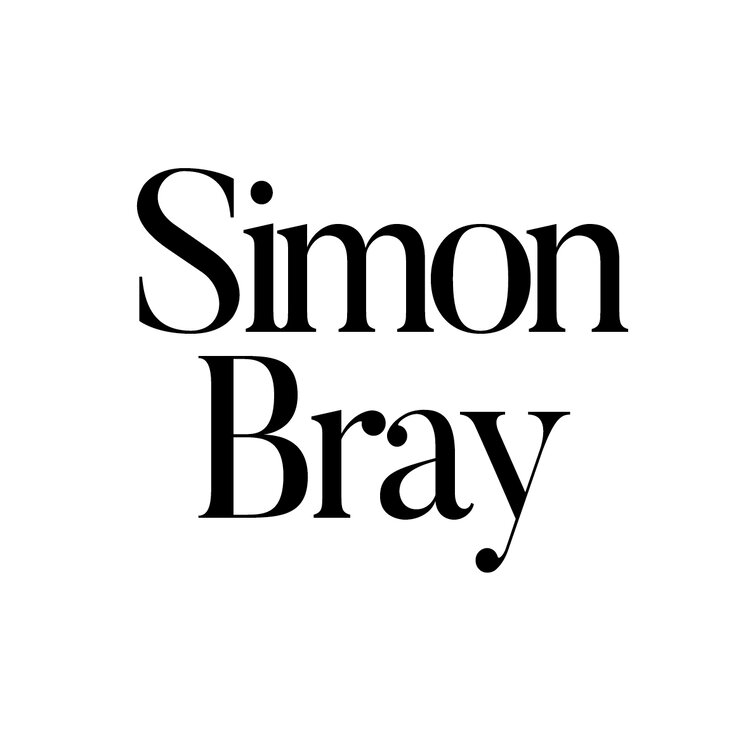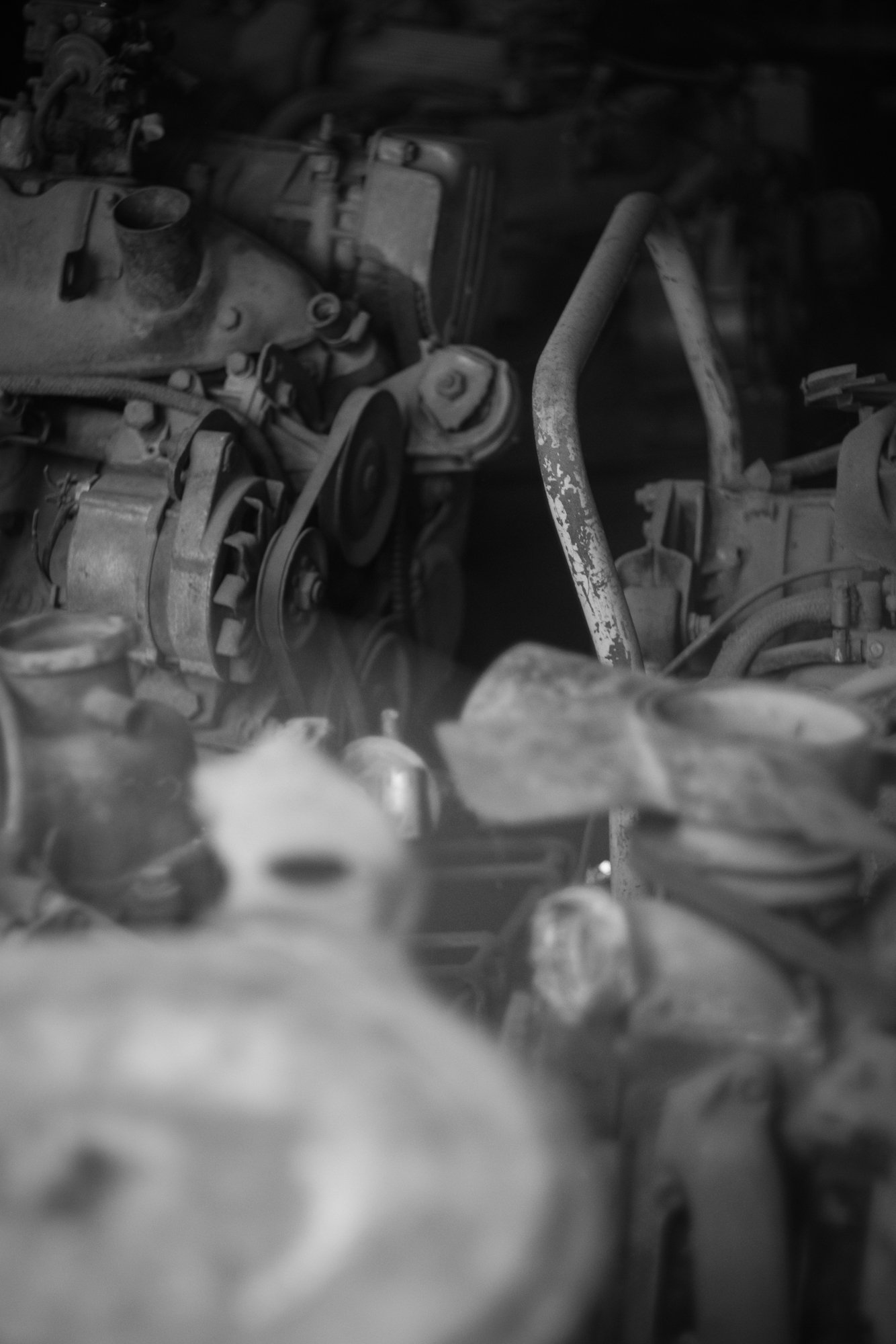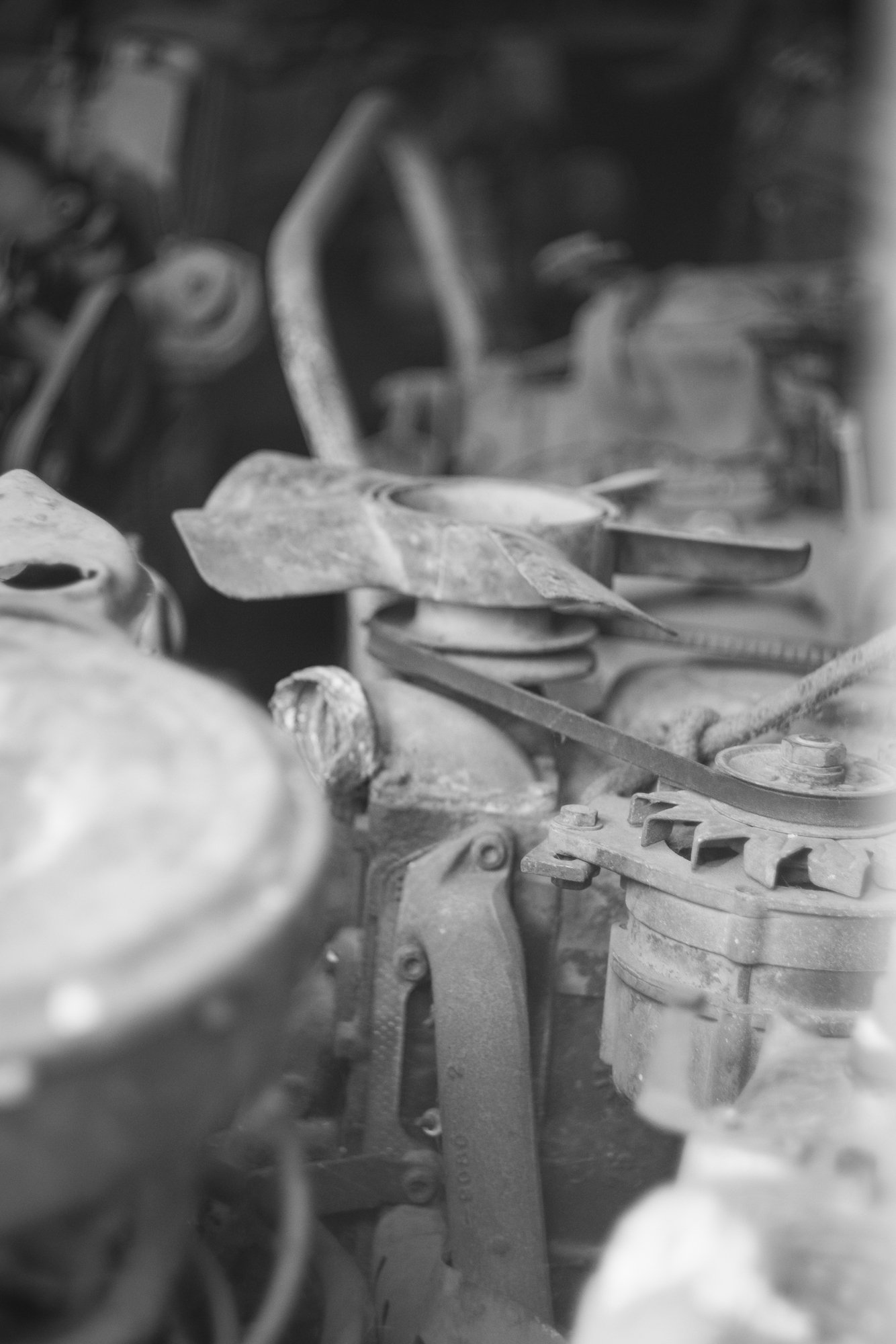I know I've mentioned it before, but the recent book Faith, Hope & Carnage, conversations between Nick Cave and Sean O'Hagan, is such a beautiful exploration of loss, religious grappling and creative exploration. It has filled me with assurances and questions and moved me. A very special book. I was going to attempt to sum up one of my favourite sections but I really couldn't do it justice, so here's a short excerpt and I would encourage you all to find a copy for yourselves.
Sean: What do you mean, exactly, by a 'point of arrival'?
Nick: That feeling we all have at times that we have reached a certain level of self-awareness about our place in the world, a feeling that all our travails have led to this point, this destination.
And you're saying that, with hindsight, those points of arrival are deceptive?
Yes, because that sense of awareness and certainty often turns out to be just one more mistaken belief in a long line of mistaken - or discarded - beliefs. And when you are engaged in making art, that process by its nature can also continually appear to signal a point of arrival. Like, if I look back at my past work from the certainty and conviction of the present, it appears as if it was a series of collapsing ideas that brought me to my current position. And what's more, the actual point I'm looking back from is no more stable than any of the previous ones - in fact, it's being shed even as we speak. There's a slightly sickening, vertiginous feeling in all of this.
The sense that the ground is constantly moving beneath your feet?
Yes, exactly.
So how do you deal with that?
Well, I have learned over time that the creation itself, the thing, the what, is not the essential component, really, for the artist. The what almost always seems on some level insufficient. When I look back at the work itself it mostly feels wanting, you know; it could have been better. This is not false humility but fact, and common to most artists, I suspect. Indeed, it is probably how it should be. What matters most is not so much the 'what' as the 'how' of it all, and I am heartened by the knowledge that, at the very least, I turned up for the job, no matter what was going on at the time.
Even if I didn't really understand what the job was. I feel I have committed myself to the work in general, and given my best to each project in particular. There have been no half-measures, and I take a certain amount of pride in that.
So essentially what you are doing as an artist is constantly stumbling forward.
Stumbling forward is a beautiful way of putting it, Seán, but I wonder if the notion of forwardness is correct. Perhaps what I mean to say is that although we feel we are moving in a forward direction, in my estimation we are forever moving in a circular way, with all the things we love and remember in tow, and carrying all our needs and yearnings and hurts along with us, and all the people who have poured themselves into us and made us what we are, and all the ghosts who travel with us. It's like we are running towards God, but that God's love is also the wind that is pushing us on, as both the impetus and the destination, and it resides in both the living and the dead. Around and around we go, encountering the same things, again and again, but within this movement things happen that change us, annihilate us, shift our relationship to the world. It is this circular reciprocal motion that grows more essential and affirming and necessary with each turn.
Do you see this circular motion in your songs, too?
Yes, I feel as if I am perpetually revisiting or rehearsing the same concerns that have always been there, from childhood to the present day. They just keep coming around, time and time again, like a big wheel, from as far back as I can remember and into the future, but beautifully so, wonderfully so. Does that make sense?
I'll have to give it some thought.
This article is taken from my June Mailout which also features some of my latest news and cultural highlights.
To receive it directly to your inbox each month, sign up here.


